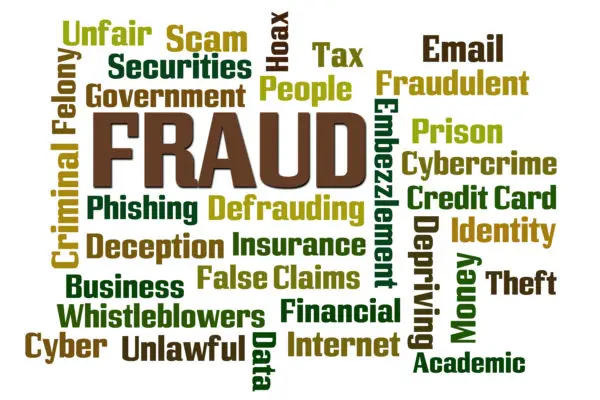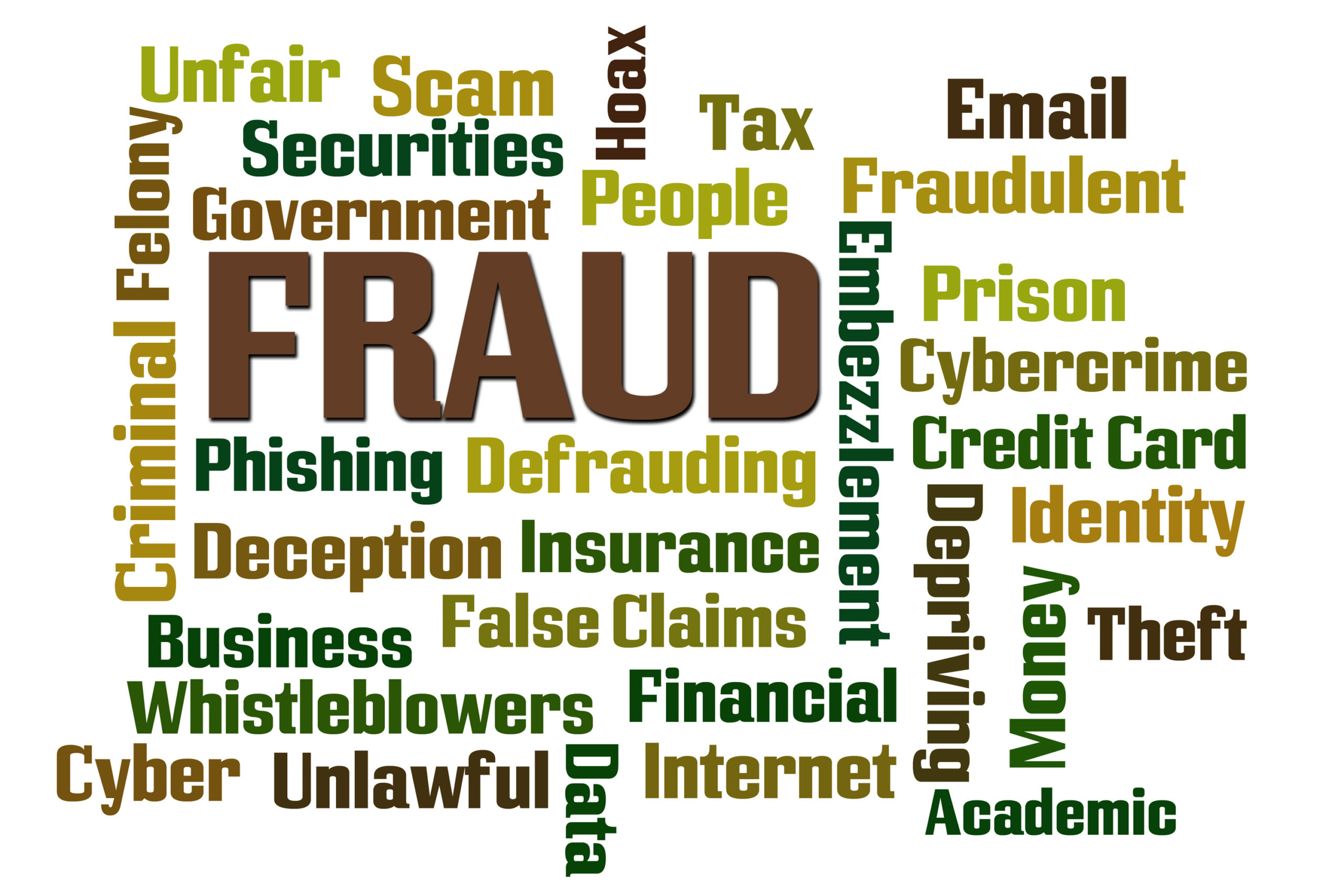Conducting a fraud risk assessment involves several key steps to identify, quantify, mitigate, and monitor fraud risks within an organization. Here’s a concise guide on how to perform one:
- Identify Risks: Evaluate your organization’s operations, processes, and systems to pinpoint potential fraud risks. This includes understanding the various types of fraud that could affect your business, such as asset misappropriation, corruption, or financial statement fraud (LogicGate).
- Quantify Risks: After identifying potential fraud risks, assess the likelihood and impact of each risk. This helps prioritize which risks require more immediate attention and resources (Skillcast).
- Mitigate Risks: Develop strategies to reduce the identified risks. This could involve implementing stronger internal controls, enhancing employee training, or employing more stringent security measures (DataDome).
- Monitor & Review Risks: Establish ongoing monitoring processes to ensure that the risk mitigation strategies are effective. Regular risk assessment reviews are also necessary to adapt to organizational environment or operations changes (Skillcast).
Remember, a fraud risk assessment should be tailored to your company’s specific industry, risks, and needs, and it should be both evidence-based and creative (Counter Fraud Gov AU).
It’s also important to foster a culture of ethics and integrity within the organization to support the effectiveness of the fraud risk assessment process (EisnerAmper).
A fraud risk assessment is a key part of any organization’s efforts to protect itself from financial loss due to fraudulent activities. Several steps for risk assessment include identifying fraud risks, quantifying fraud risks, risk response, monitoring and evaluating risks and reporting risks.
But how do you go about conducting a fraud risk assessment? This blog post will outline the steps you need to take to assess your organization’s vulnerability to fraud and implement the appropriate safeguards.
To carry out a fraud risk assessment, you must first understand what a fraud risk assessment is. A fraud risk assessment is a process of identifying, assessing, and managing fraud risks within an organization.
It is important to undertake a fraud risk assessment to protect your business from financial losses and reputational damage. You can take several steps to carry out a fraud risk assessment.
In this blog post, we will outline the steps you need to take to assess fraud risks in your organization.

How is Fraud Risk Defined?
A fraud risk assessment is a procedure to evaluate your company’s fraud vulnerability, risks, and current defenses.
A fraud risk assessment can help an organization determine how potential fraudsters may try to get around existing defenses.
If the evaluation determines that these countermeasures are insufficient to counteract fraud risks, the firm may consider improving them or implementing new, more efficient countermeasures.
It’s critical to know what must happen for fraud to occur for an organization to assess risk and risk appetite accurately.
If an organization has a clear and detailed knowledge of its fraud risks, it will be better positioned to make necessary changes in corporate procedures, policy, and program design.
The fraud risk assessment procedure should be both fact-based and inventive. Those performing the evaluation should know existing fraud tactics, consider who might misuse their corporate procedures or programs, and identify how they would do it.
The outcomes of fraud risk assessments are an important component of a fraud control plan, which details the company’s strategies, and procedures, and presents countermeasures to address the assessed fraud threats.
What is the Main Purpose of a Fraud Risk Assessment?
A fraud risk assessment is a procedure that helps you assess your company’s fraud vulnerability, associated risks, and existing countermeasures. A competent fraud risk assessment allows you to detail how prospective fraudsters may attempt to circumvent current controls.
The current controls in place in your company need to be outlined and their effectiveness measured. To properly address fraud risk, all stakeholders must know what they are doing.
Some of the factors that are typically considered when assessing fraud risk include:-
- The type of business
- The products or services offered,
- The size of the company,
- The customer base, where sales and payments take place,
- Any known history of fraudulent activity.
- Considering all these factors, organizations can better understand which areas are more susceptible to fraud and determine the necessary measures to mitigate those risks.
The goal is to develop a comprehensive plan for mitigating these risks, which may include enhanced controls, employee training, and other measures.
Through addressing fraud threats, organizations can help protect their bottom line and mitigate the potential damage that fraud can cause.
A fraud risk assessment should be conducted periodically to ensure that the organization’s risk profile remains current and should be tailored to the organization’s specific needs.
Some factors that should be considered include the size and structure of the organization, its business activities, its geographical location, and its level of exposure to various types of fraud.
What are the Types of Fraud Risks?
– Fraudulent misrepresentation is when someone intentionally provides false information to deceive another party. For example, a company might lie about its financial stability to win a contract.
– Fraudulent inducement occurs when someone is coerced or tricked into entering into a contract or agreement they would not have otherwise agreed to. For example, a contractor might promise one price for a job but then significantly increase the cost once the work has begun.
– Financial fraud is any type of scam or theft involving financial instruments such as money, stocks, or property.
-Credit card fraud is when someone uses a stolen or fake credit card to make fraudulent purchases.
-Employee theft is when employees steal money or goods from their employers.
-Money laundering: This is when criminals try to disguise the origins of their illegal money by making it look like it came from legitimate sources.
-Insurance fraud is when people attempt to illegally collect insurance payments by faking injuries, damage, or losses.
-Tax fraud is when a person or business intentionally tries to avoid paying taxes they owe. For example, they might try to claim false deductions on their tax return or not report all of their income.

Common areas for fraud
Fraud affects every business in some way, but because it is often unseen, constantly shifting, and poorly comprehended by most individuals, the risks and consequences of fraud are frequently understated and overlooked.
The following are the most popular areas where fraud risks can appear:
- Strategy and program implementation and management.
- Collecting and disbursing funds.
- Customer service
- Exercising control over policy
- Company financial transactions.
- Procurement and services management.
- Payroll services
Steps for Conducting a Fraud Risk Assessment
Identify & analyze possible risks
Identifying an organization’s greatest potential fraud risks is a crucial first step in performing a risk assessment.
An assessment can evaluate risks related to theft. Breach of trust, misappropriation of assets, manipulation of records, corruption by individuals, or collusion with external parties are a few examples of fraud risk that an organization should consider when performing a fraud risk assessment.
Establish Risk Quantification Procedures
The process of quantifying fraud risks generally involves the following steps:
- Defining and understanding the business objectives that will be used to measure risk.
- Determining the specific types of fraud that could occur and which could have the biggest impact on the business.
- Assessing the vulnerability of each area of the business to those types of fraud.
- Estimating the likelihood that each type of fraud will occur.
- Combining all of this information creates a risk score for each business area.
Risk response
- Develop a risk response plan: This should include steps for detecting and preventing fraud and procedures for responding to any incidents.
- Identify and assess the risks: It’s important to assess which risks will most likely impact your business, what damage they could cause, and their improvement actions.
- Take action to mitigate the risks: You can reduce or eliminate them once you know them. This might include implementing tighter security measures, updating fraud prevention policies, or conducting employee training exercises.
- Monitor the risks and update the plan as needed: The risk environment is always changing, so monitoring and reviewing continually is important.
Keep track of and evaluate risks.
- Review your company’s risk assessment and fraud prevention plan to accurately reflect your current business operations and vulnerabilities.
- Review your accounting procedures to ensure they effectively detect and prevent financial statement fraud.
- Audit your systems regularly to look for red flags of fraudulent activity, and ensure employees are trained to do the same.
- Monitor employee behaviour for any signs of unusual or suspicious activity.
- Stay up-to-date on current scams and schemes fraudsters use, so you can be prepared to protect your business against them.
Fraud risk report
To create a fraud risk report plan, start by identifying the types of fraud risks your organization faces and then prioritize them. You should also consider how you will respond to each type of risk and what actions you can take to prevent them from happening. This document can also be called a fraud control plan.
A fraud risk report plan is a proactive measure that organizations can take to help prevent fraud. The following are the steps in developing a fraud control plan/report.
- Review company policies and procedures related to fraud risk.
- Review recent financial statements and management reports for red flags or indicators of fraudulent activity.
- Interview key personnel, including senior management and employees with access to sensitive information, to assess their understanding of the company’s fraud risk assessment process and identify any areas of potential vulnerability.
- Develop a fraud risk report that includes an overview of the company’s fraud risk assessment process and specific areas of concern or vulnerability identified during the review process.
- Present the fraud risk report to senior management for review and approval.

Conclusion
Financial fraud may seem like a distant or far-fetched concern, but the reality is that it happens every day and to organizations of all sizes. A risk assessment can help identify your organization’s vulnerabilities to financial fraud before they become costly problems.
A thorough fraud risk assessment is the best way to protect your organization from financial loss. This article has outlined how to conduct such an assessment and put safeguards against fraudulent activities in place.
For example, an organization might be able to reduce its exposure by implementing new procedures for authorizing payments or limiting access privileges. If you would like assistance assessing your risks and developing a response plan appropriate for your company’s needs, please get in touch with us today!
Downloadable resources Example of Fraud Risk Register for Chest -Strong Room.
Example-of-Fraud-Risk-Register-for-Chest-Strong-Room
For complete and comprehensive fraud risk Registers, contact chrisekai@gmail.com for a quote. Also, have a look at our services pages.

Chris Ekai is a Risk Management expert with over 10 years of experience in the field. He has a Master’s(MSc) degree in Risk Management from University of Portsmouth and is a CPA and Finance professional. He currently works as a Content Manager at Risk Publishing, writing about Enterprise Risk Management, Business Continuity Management and Project Management.

